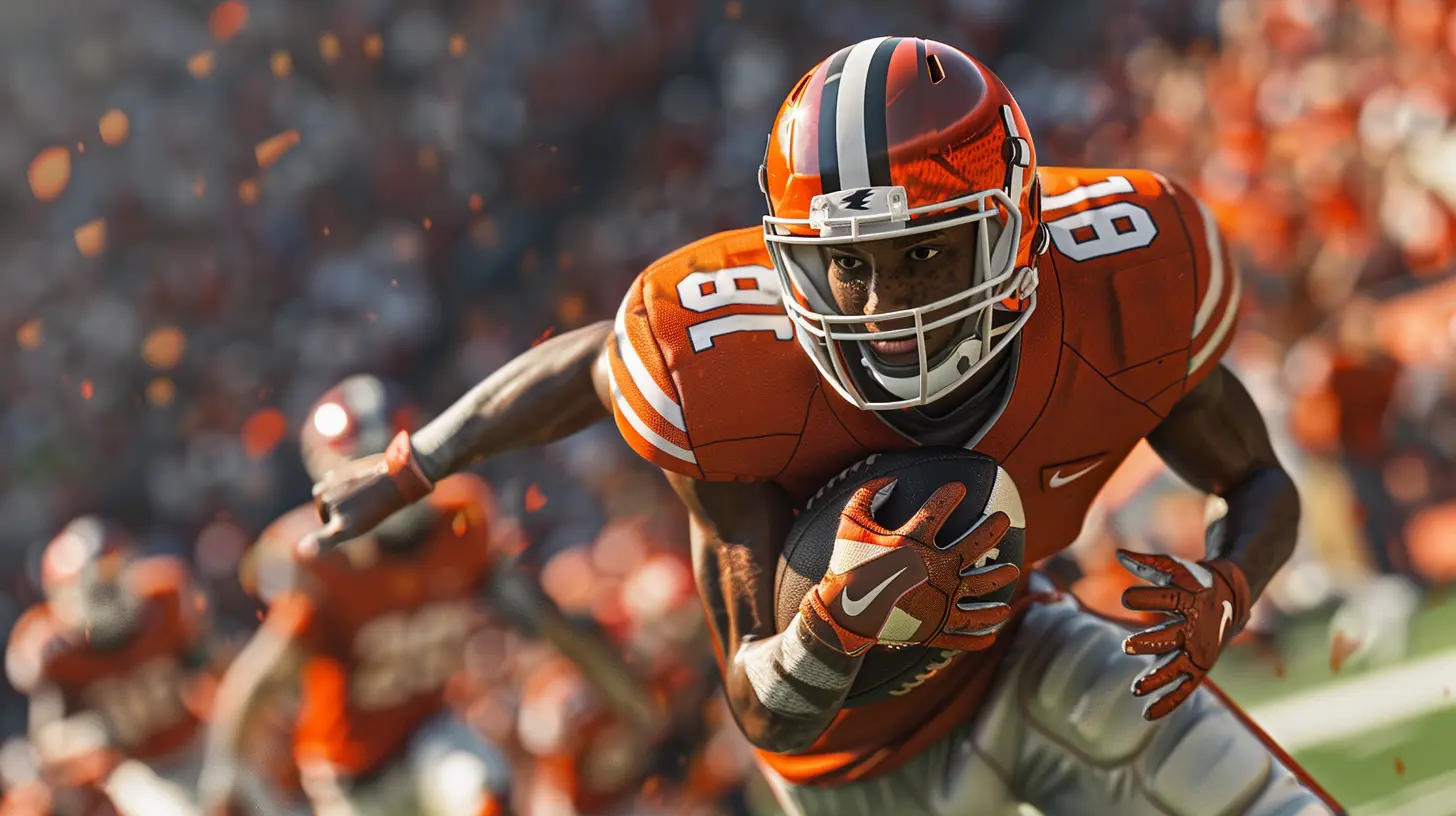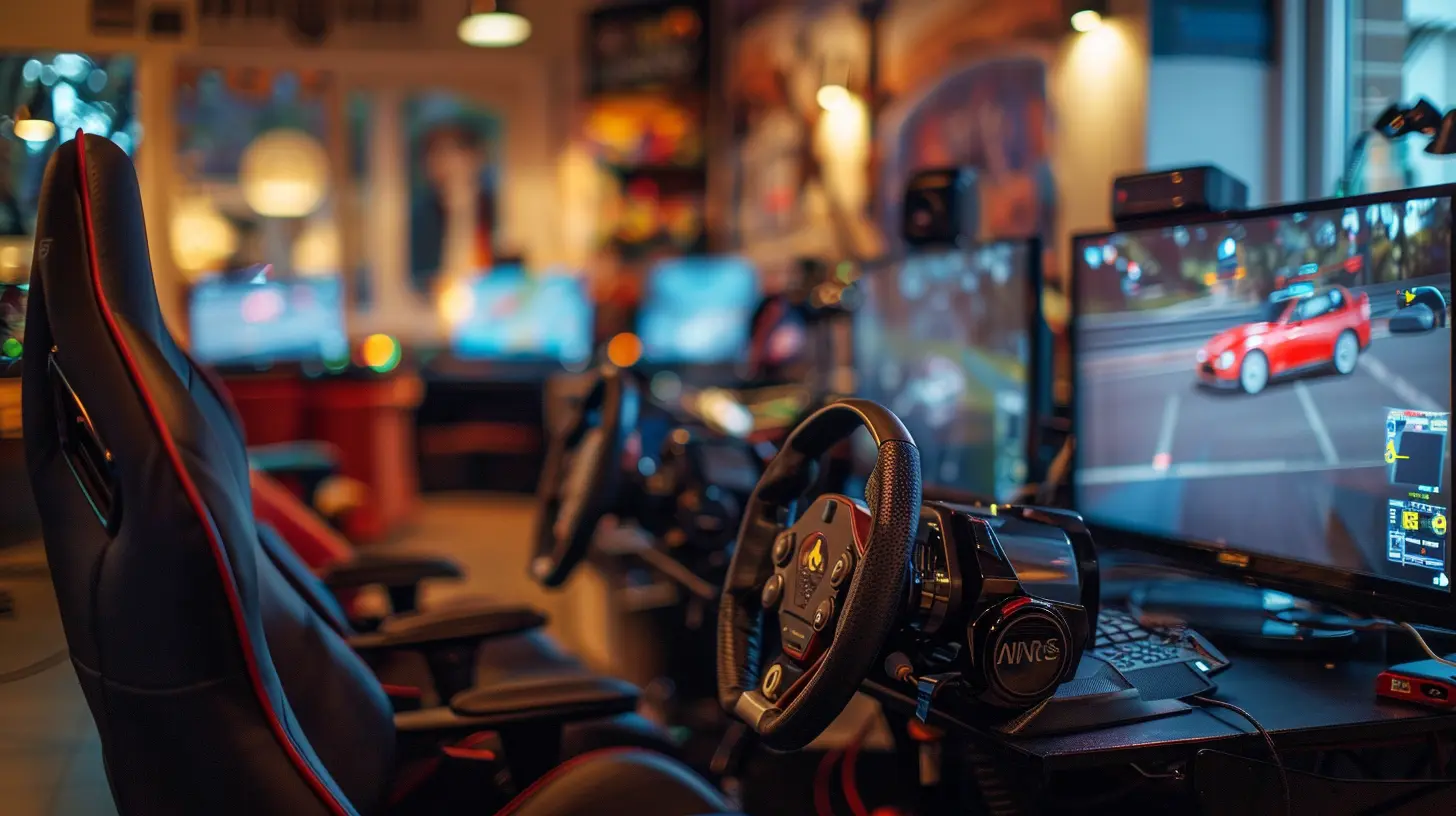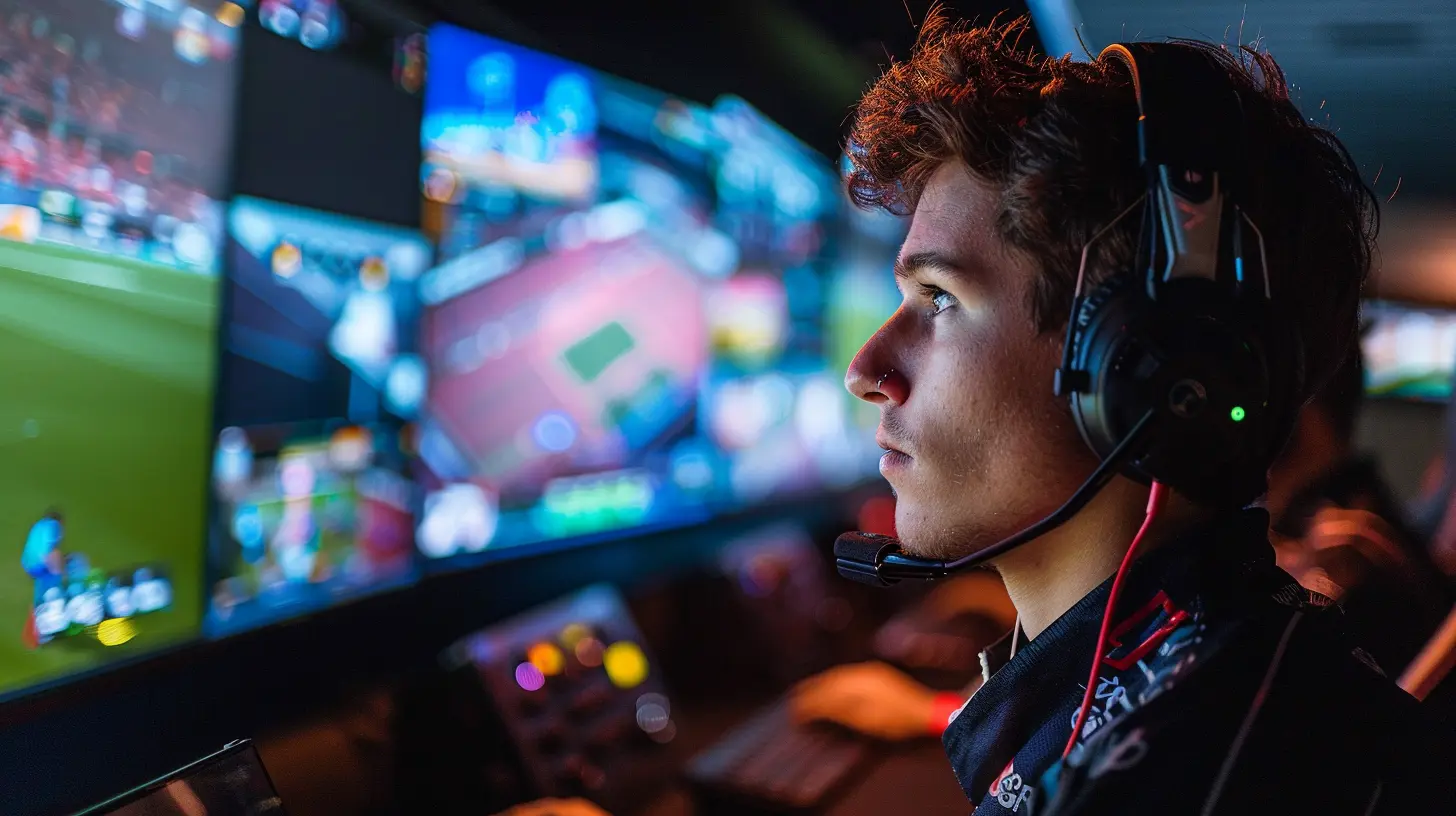Analyzing the Mechanics Behind Successful Sports Simulators
1 September 2025
Sports simulators have taken a front seat in the gaming world, becoming a favorite amongst fans who crave the adrenaline rush of competition without having to lace up their cleats or step onto a real field. Titles like FIFA, NBA 2K, and Madden NFL have amassed legions of loyal players over the years. But have you ever stopped to wonder what makes these games so compelling? What mechanics make them feel so real, so immersive, and, well, so addictive?
In this article, we’ll break down the nuts and bolts behind successful sports simulators. From gameplay physics to AI behavior, we’ll take a deep dive into the magic that keeps us glued to our screens, screaming at referees who don’t even exist. So, grab your virtual jersey, and let’s dig into the mechanics behind these iconic games.
Why Do We Love Sports Simulators?
Before we get into the technical stuff, let’s talk about why we play sports simulators in the first place. They’re not just video games; they’re experiences. These games give us the ability to step into the shoes of our favorite athletes, orchestrate jaw-dropping plays, and even manage entire teams.They provide an escape—a chance to live out fantasies of becoming a superstar or winning a championship ring. And let’s be honest, who doesn’t love trash-talking their friends after scoring a last-second goal or touchdown?
But delivering that level of immersion isn’t easy. Behind the curtain is a symphony of complex mechanics working in harmony to make every pass, dribble, and swing of the bat feel just right.
The Role of Realistic Gameplay Physics
Have you ever noticed how a well-crafted sports sim makes even the smallest movements matter? That’s where gameplay physics come in. Developers spend years fine-tuning the way players move, interact with the ball, and collide with one another.Take FIFA's ball physics, for example. It’s not just about making the ball look good on-screen; it’s about simulating the way it feels. Does it react differently on a wet pitch? Can you put just the right amount of curl on a free kick? These subtle details separate a mediocre simulator from a masterpiece.
And it’s not just the ball. Player momentum, weight shifts, and body positioning must feel authentic. Imagine playing an NBA game where players didn’t have inertia and could stop on a dime—that’d feel unnatural, right? Developers use advanced physics engines to replicate the chaos and fluidity of real sports.
Artificial Intelligence: The Unsung Hero
Realism doesn’t stop at how the ball moves or how players collide. The behavior of AI-controlled players and opponents is crucial. If the opposing team feels robotic or predictable, the game's magic is instantly lost.Modern sports simulators use highly advanced AI algorithms to mimic real-life tactics and strategies. For instance, in Madden NFL, the AI “studies” your gameplay to adapt—if you keep running the same offensive play, the defense will catch on and shut you down.
AI teammates also need to step up their game. Nobody wants to deal with a clueless goalkeeper who watches the ball roll past them. Developers work hard to ensure that AI players understand positioning, timing, and even off-ball movement. The goal? Making them feel like real teammates who’ve actually read the playbook. 
Motion Capture: Bringing Athletes to Life
Ever wondered why players in sports simulators look eerily like their real-life counterparts? That’s the magic of motion capture technology. Developers suit up professional athletes with high-tech gear to record their movements in real-time.From Cristiano Ronaldo’s iconic free-kick stance to Steph Curry’s smooth three-point shot, motion capture ensures that these games don’t just look good—they feel accurate. Every animation, whether it’s a celebratory fist pump or a slide tackle, adds to the game’s authenticity.
And let’s not forget facial expressions. Modern sports simulators go to great lengths to show players’ emotions during pivotal moments. A missed shot? A look of frustration. A championship win? Pure jubilation. These nuances make the game more than just a game; they make it a performance.
Player Customization and Control
What’s the point of a sports simulator if you don’t feel in control? Successful sports sims don’t just hand you a controller; they hand you the reins to an entire team or career. Customization options, from creating your own player to designing team jerseys, add an extra layer of personalization that keeps players hooked.Career modes, where you can guide a rookie to superstardom or manage a team’s every move, create a narrative experience that’s hard to put down. These modes are so detailed that they can feel like a blend of a sports simulator and a strategy game.
It’s that level of control—both macro (team management) and micro (player movements)—that makes these games endlessly replayable.
Online Play: The Competitive Edge
What’s better than scoring a hat-trick in a sports sim? Doing it against your best friend or a random stranger online. Online multiplayer has completely revolutionized the way we play sports simulators.With features like ranked matches, leaderboards, and online tournaments, these games tap into our natural desire to compete and prove ourselves. It’s a digital version of pickup basketball or backyard soccer—only now, the whole world is watching (and occasionally throwing salty comments in the chat).
But online play isn’t without its challenges. Developers must ensure smooth connections, fair matchmaking, and anti-cheat systems. Nobody wants to deal with lag or, worse, someone exploiting bugs to win.
Licenses and Realism: A League of Their Own
Another underrated aspect of successful sports simulators is their ability to replicate the real-world leagues we love. Licenses to use official teams, players, and stadiums are a big deal. Seeing Lionel Messi in his PSG kit or LeBron James dunking in an LA Lakers jersey adds a level of immersion that generic names and colors just can't deliver.Sound design also plays a huge role in creating realism. From the roar of the crowd to the commentators’ play-by-play calls, every auditory detail pulls you deeper into the experience. Some games even replicate the distinct chants of specific fanbases (hello, Liverpool’s "You’ll Never Walk Alone").
The Balancing Act: Realism vs. Fun
It’s important to note that no sports simulator relies solely on realism. After all, these are games—they’re supposed to be fun. Developers walk a fine line between making the gameplay authentic and ensuring that it doesn’t feel too punishing or complicated.Take NBA 2K, for instance. While the game aims to replicate basketball to a T, it also includes flashy dunks, ankle-breaking crossovers, and even some over-the-top animations to keep things exciting.
Similarly, FIFA’s “Skill Moves” allow players to pull off jaw-dropping tricks that border on fantasy, yet they never feel out of place. Striking this balance is key to keeping players coming back for more.
The Future of Sports Simulators
As technology continues to evolve, so do sports simulators. We’re already seeing the integration of VR and AR into gaming, which could take immersion to a whole new level. Imagine playing as a quarterback and actually having to dodge defenders in real-time using a VR headset.Advancements in AI and machine learning will also improve the way games adapt to player behavior. In the future, these simulators could feel so lifelike that you’d swear you were watching a live broadcast.
And then there’s the rise of eSports. With competitive sports sims gaining popularity as professional eSports titles, we might see even more emphasis on balance, fairness, and spectator-friendly mechanics.
Conclusion
So, what makes a sports simulator truly successful? It’s the combination of realistic physics, advanced AI, motion-captured animations, user control, and immersive realism—all wrapped up in a package that’s not only authentic but also fun. Developers essentially create a virtual playground where fans can live out their wildest sports dreams.Whether you're taking your club to glory in FIFA, nailing a buzzer-beater in NBA 2K, or calling the perfect play in Madden, these games tap into our love of sports and competition like nothing else can.
The next time you fire up your favorite sports sim, take a moment to appreciate the sheer amount of work that went into making it so lifelike. Behind every virtual touchdown, slam dunk, or knockout punch, there’s a team of developers who’ve poured their hearts into crafting an experience that feels, well, real.
all images in this post were generated using AI tools
Category:
Sports GamesAuthor:

Leandro Banks
Discussion
rate this article
1 comments
Mateo McDowell
Great insights! Mechanics truly define a sports simulator's success.
September 1, 2025 at 3:09 AM

Leandro Banks
Thank you! I'm glad you found the insights valuable. Mechanics are indeed crucial in shaping the player experience.


